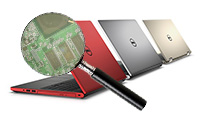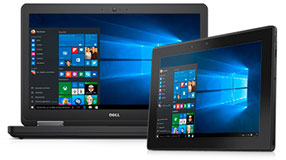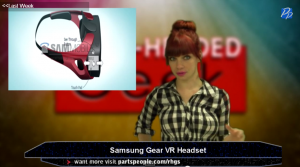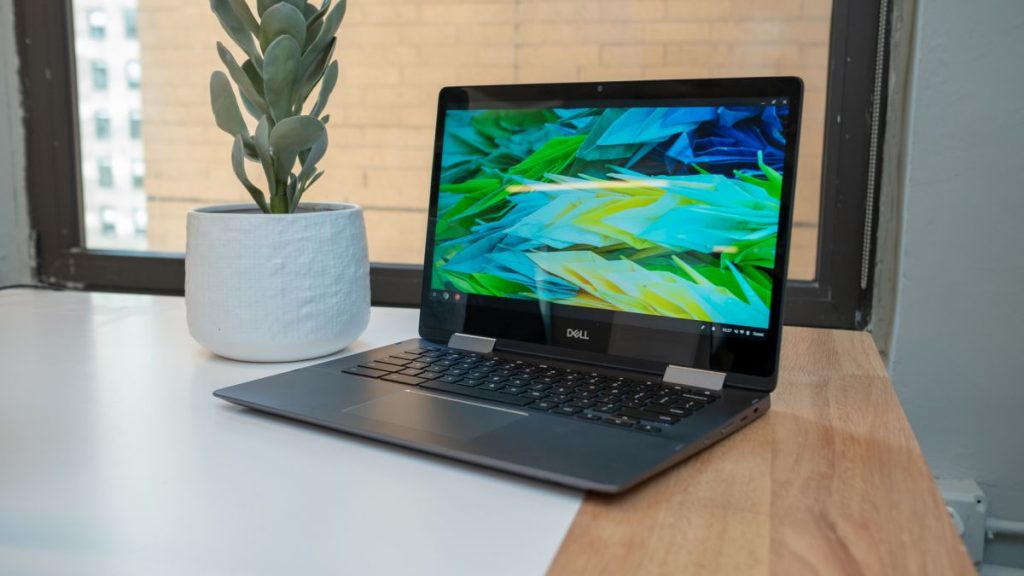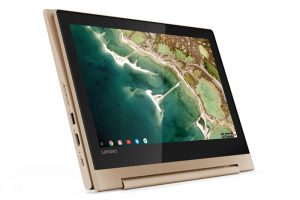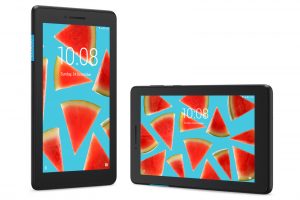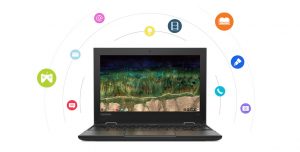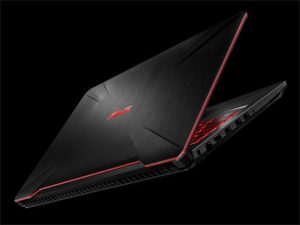A Japanese plant physiologist has turned a former Sony corporation semiconductor factory into the world’s largest indoor farm illuminated by LED lights. This thing is half the size of a football field, opened just this July and already produces nearly 10 thousand heads of lettuce per day.
The 17,500 LEDs create a night and day cycle for the plants in order to accelerate growth. Lettuce inside this thing grow full of vitamins and minerals but two and a half times faster than they would outside.
A microchip implant, by a company called MicroCHIPS from Massachusetts, has developed a tiny computer controlled chip that is implanted in the arm, abdomen or buttocks and releases a daily amount of Levonorgestrel as birth control. If the female decide to deactivate it, she could just by electronically shutting it off. That means no monthly visits for more medicine, no trip to the doctor for removal. The technology could also be used for more medicines in the future, like a time release or on demand.
Check out this lamp that looks like a thunderstorm. The lamp uses motion sensors to detect user’s presence then creates a unique lightning and thunder show dictated by their movement.
Samsungs VR headset, Gear VR, made the news this week with some leaked images! Expect to hopefully see the arrival of this bad boy at the IFA trade show this year. The headset is supposed to have a see-through button, where instead of having to take off the gear to see the world around you, you can leave it on and see through it. It's also supposed to work in conjunction with your Galaxy device, you lock it onto the dock and with Bluetooth you are connected.
MindRDR has been created for people to control their Google Glass using only their thoughts. For people with medical conditions, like locked in syndrome and sever MS, this gives a great opportunity to interact with the world. The person wears this headband, and of course their GGs, and electrical signals in the brain are picked up by the sensors and sent to Glass via Bluetooth. Then the corresponding app works in its own algorithm to find peaks in activity, which could command a yes or a no.

 Laptop & Tablet Parts
Laptop & Tablet Parts